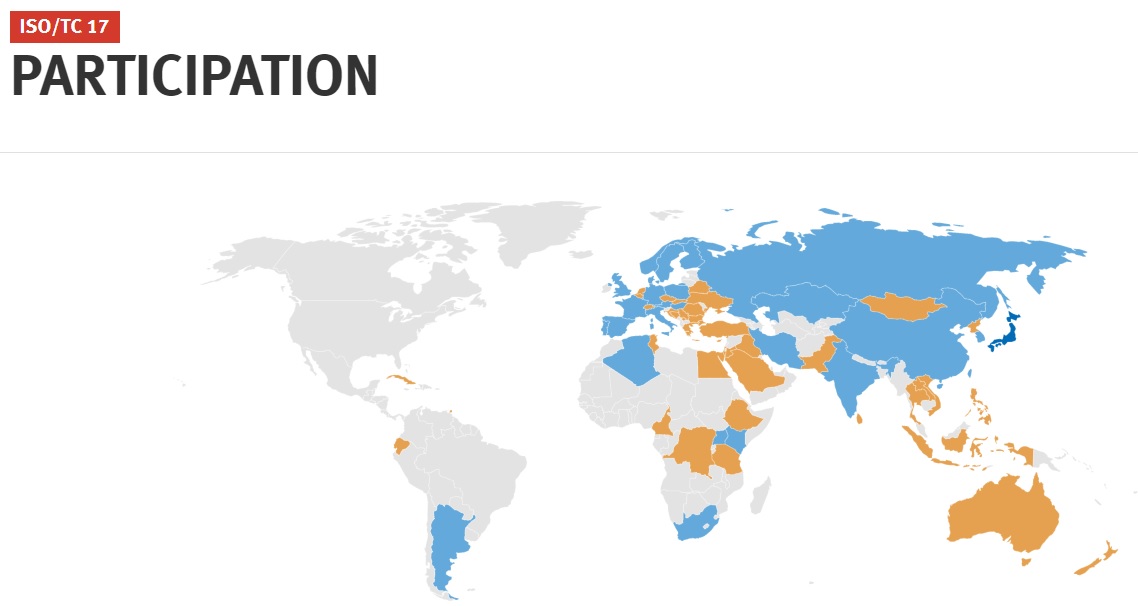The Japanese Standards Association is the Global Secretariat for a standardization project devoted to the discovery and promulgation of common methods and guidelines for coordinated lifetime management of network assets in power systems to support good asset management. In addition, this may include the development of new methods and guidelines required to keep pace with development of electrotechnologies excluding generation assets; covered by other IEC standards.
There has, and will continue to be significant investment in electricity assets which will require ongoing management to realise value for the organizations. In the last 5 years, there has been USD 718 billion investment for electricity, spending on electricity networks and storage continued, reaching an all-time high of USD 277 billion in 2016. In the United States (17% of the total) and Europe (13%), a growing share is going to the replacement of ageing transmission and distribution assets. A more fully dimensioned backgrounder on the business environment that drives the market for this title is available in the link below:
IEC/TC 123 Strategic Business Plan
Begun in 2018, this is a relatively new project with three stabilized titles:
IEC 60050-693 ED1: Management of network assets in power systems – Terminology
IEC 63223-2 ED1: Management of network assets in power systems – Requirements
IEC TS 63224 ED1: Management of network assets in power systems – Practices and case studies
Electropedia: The World’s Online Electrotechnical Vocabulary
It is early in this project’s lifecycle; far too early to find it referenced in public safety and energy laws in the United States where it would affect #TotalCostofOwnership. Where we should, we follow the lead of the USNC/IEC for the United States, while still mindful that many of our IEEE colleagues follow the lead of their own national standards body.
Because this project fills an obvious gap in good practice literature we maintain this project on our 4 times monthly electrotechnology colloquium that we co-host with the IEEE Education & Healthcare Facilities Committee. See our CALENDAR for the next online meeting; open to everyone.
World Standards Day 2023 webinars on latest information technologies
The importance of functional safety | 2023-10-11 IEC Editorial Team























